The Most Dangerous Cosmetics Used Until the 20th Century
Throughout history, the quest for beauty has taken some perilous turns. Society’s ever-changing beauty standards have often led people to use harmful substances, all in the name of vanity.
From bloodletting to radioactive makeup, these practices highlight a darker side of human nature where health risks were ignored for aesthetic appeal. We explore the most hazardous cosmetics and treatments used up until the 20th century, reminding us of the importance of safe beauty standards.
Pale Perfection: Bloodletting in the Middle Ages
In the Middle Ages, pale skin was not just a beauty ideal but a status symbol. Women went to extreme lengths to achieve a translucent complexion, even resorting to bloodletting.

Source: Burns Archive/Wikipedia
This dangerous method was believed to portray wealth and a lifestyle unmarred by outdoor labor. Yet, beyond its cosmetic application, bloodletting was also mistakenly thought to treat various ailments despite its obvious health risks.
Arsenic Eats: The Victorian Era's Lethal Diet
The Victorian Era brought “safe” arsenic complexion wafers, an oxymoron that underscores the era’s dangerous beauty trends.
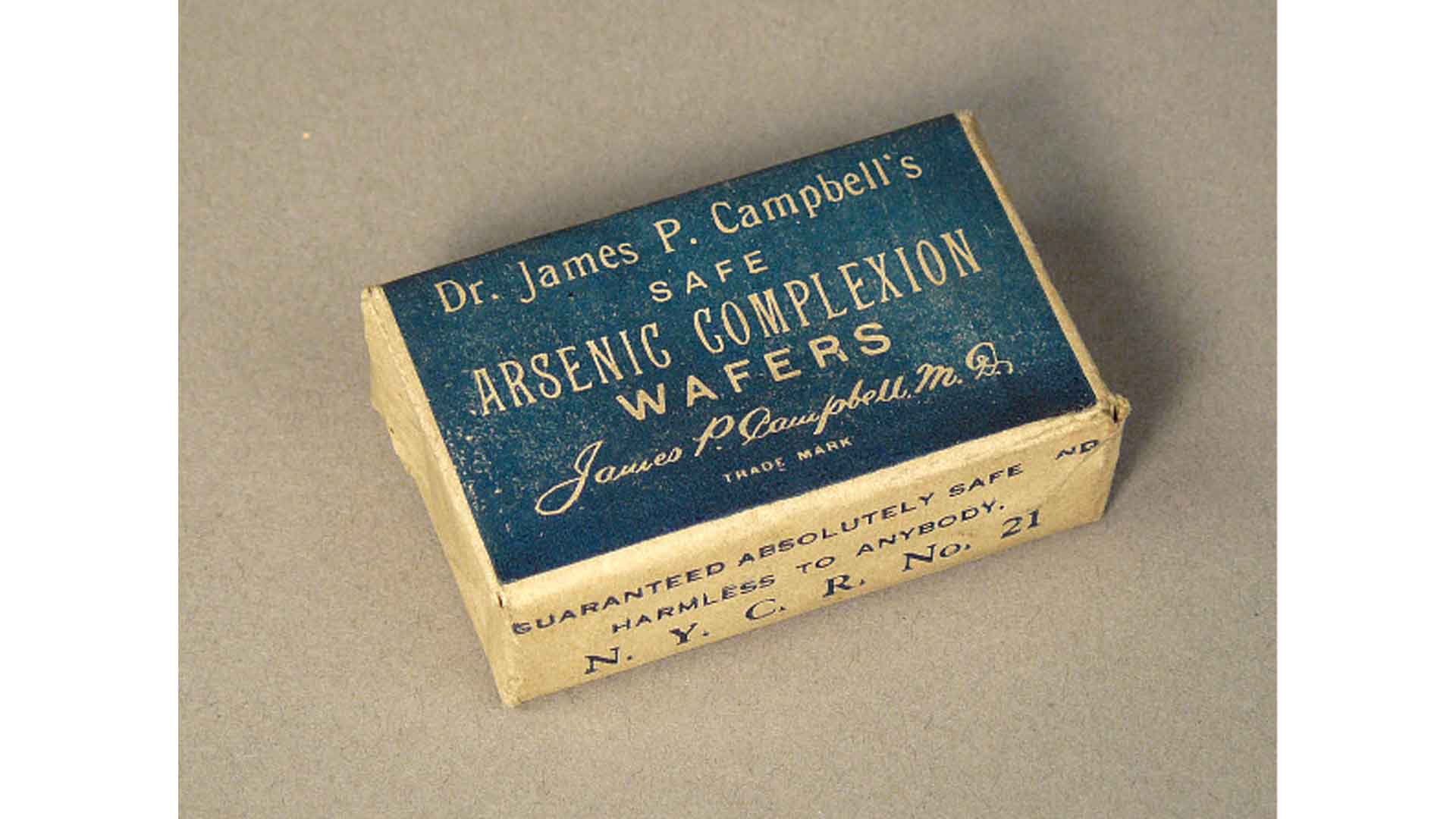
Source: Smithsonian
Advertisements boasted of their ability to impart a pale glow, a sought-after sign of delicacy and attractiveness. However, the lethal reality behind these wafers was well-known even then, making their consumption for cosmetic purposes all the more alarming.
Lead's Deadly Disguise: 18th-Century Makeup
The 18th century introduced a deadly player in the cosmetics game: lead. The Countess of Coventry, Maria Gunning, became a tragic figure after dying at the tender age of 27 due to lead poisoning from her makeup.

Source: Royal Museums Greenwich
This white lead compound, known as ceruse, was widely used not just on the face but also to powder hair, illustrating the fatal beauty standards of the time.
Mercury Menace: The Hidden Dangers in Skin Creams
Mercury, known for its devastating health impacts, has been a component in skin-lightening products for centuries.
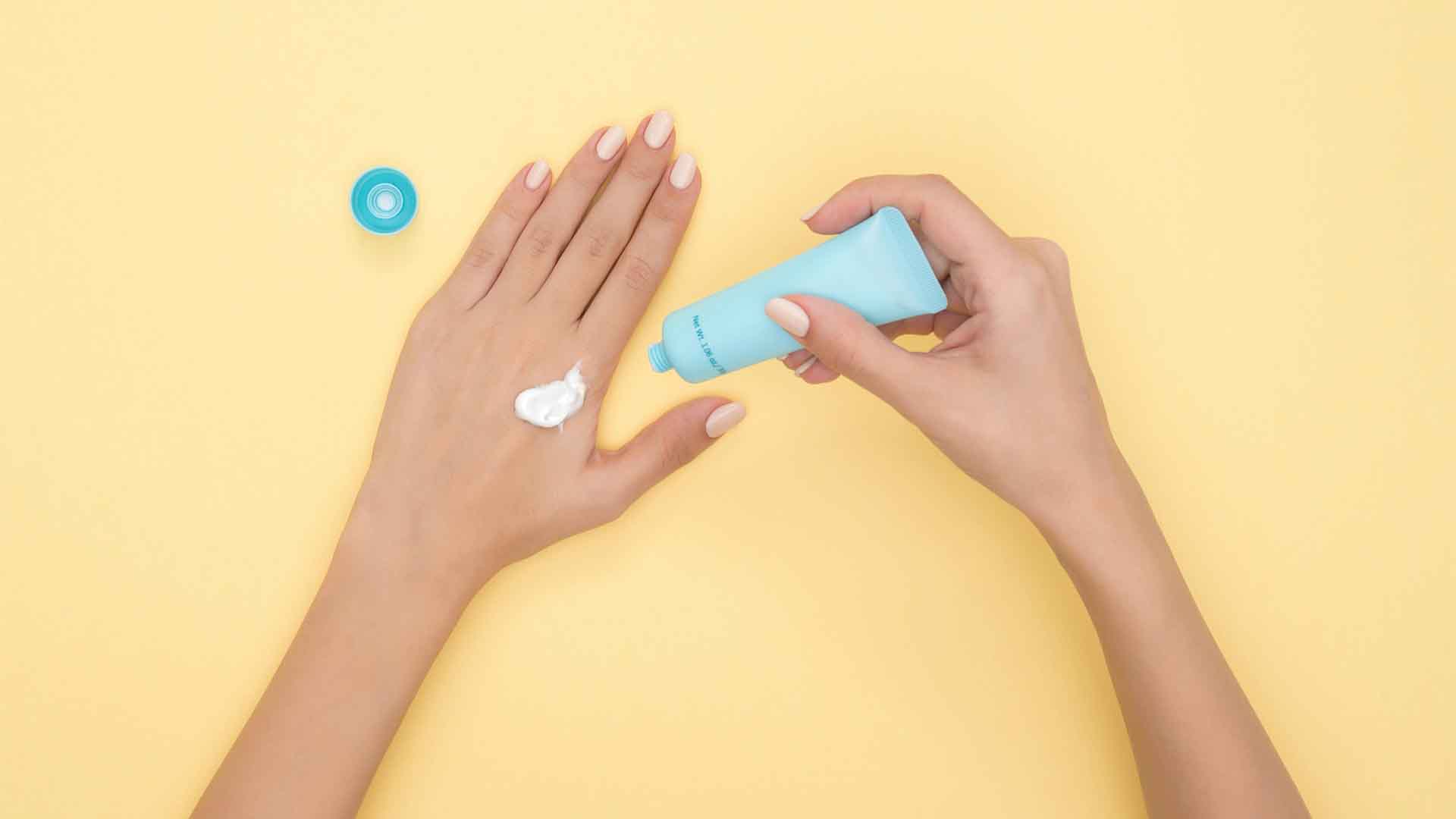
Source: Moose Photos/Pexels
Despite causing kidney damage, skin rashes, and nerve damage, mercury is still found in trace amounts in some cosmetics in the U.S., per the Department of Environmental Conservation.
Belladonna: Beauty's Deadly Drop
Belladonna, Italian for “beautiful woman,” was used historically to dilate pupils, creating an appearance of allure and mystery.
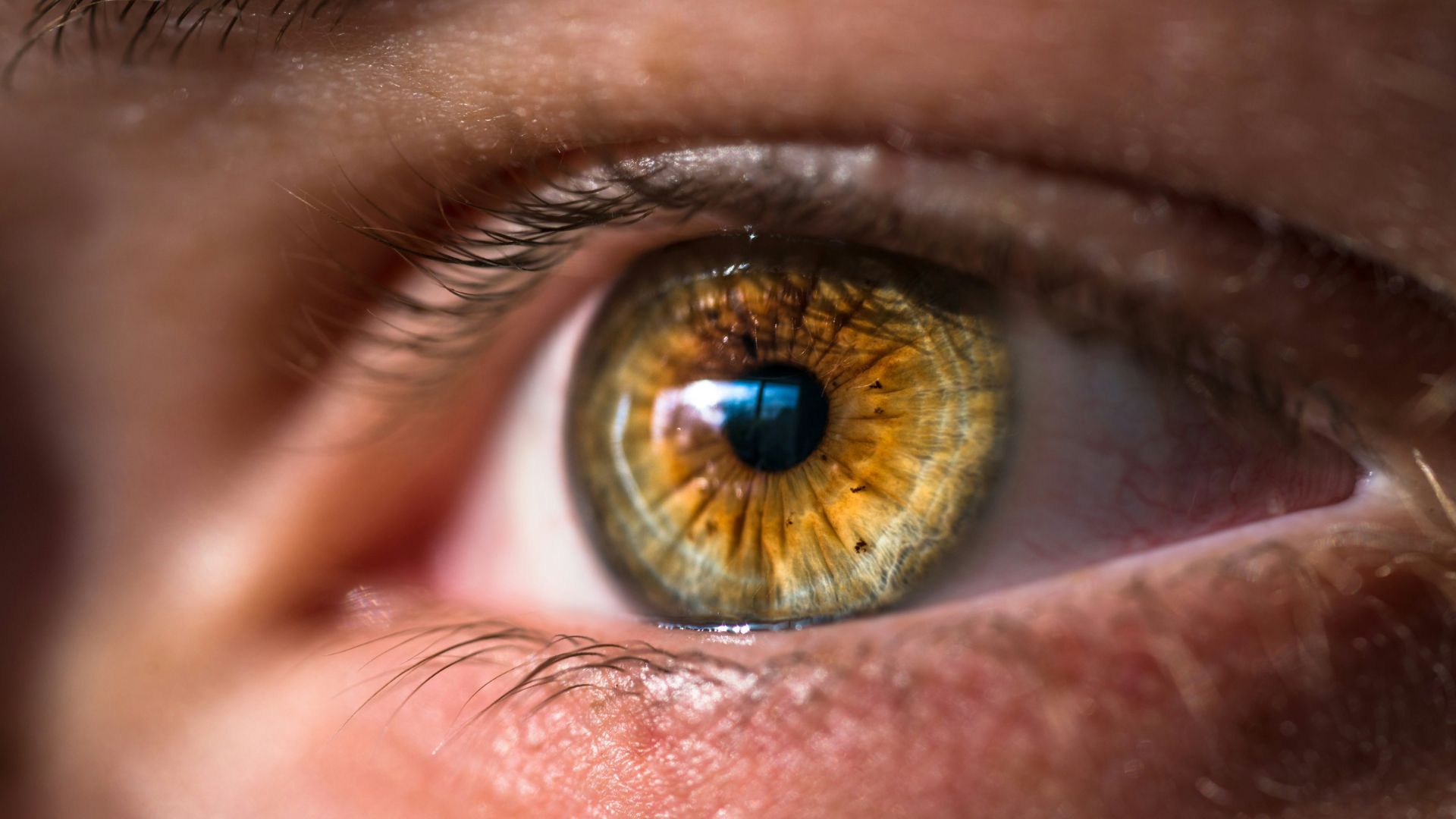
Source: Joel Staveley/Unsplash
Despite its known toxicity, women risked their lives for larger, more seductive eyes. This plant’s poisonous potential, coupled with its use in assassinations and paralysis, highlights the extreme lengths to which individuals have gone for beauty.
Glowing with Danger: Radioactive Cosmetics
The discovery of radiation led to a bizarre beauty trend in the 1920s and ’30s: radioactive cosmetics.
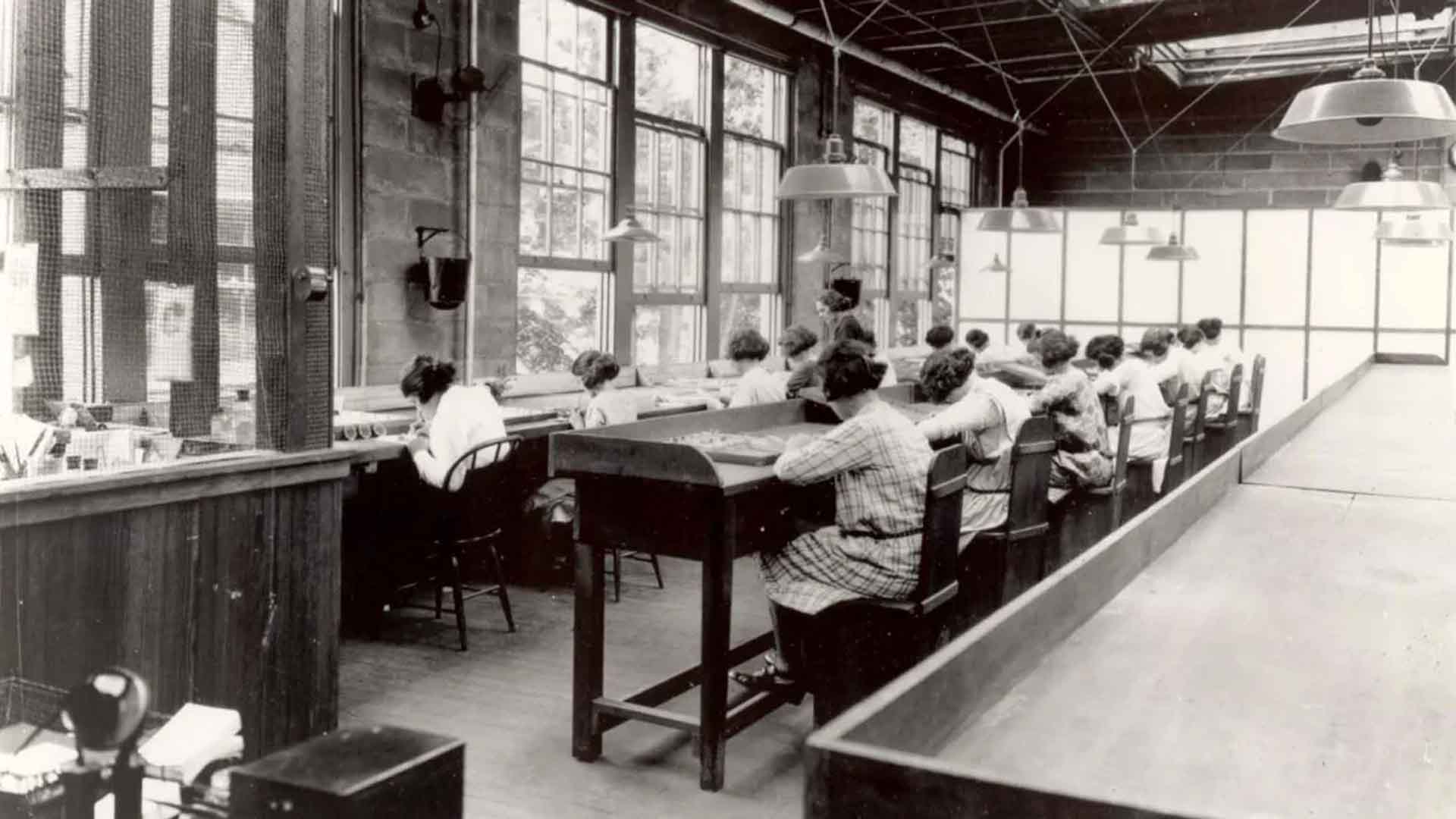
Source: Public Domain
Brands like Radior boasted products that promised to revitalize skin with luminous energy. This hazardous misunderstanding of radiation’s effects took place during a period of naive experimentation with deadly consequences.
Suffocating Fashion: The Tight-Laced Truth of Corsets
The tight corsets of the 18th and 19th centuries were not just a fashion statement but a health hazard. They deformed the body, leading to misaligned spines, shifted organs, and difficulty breathing.
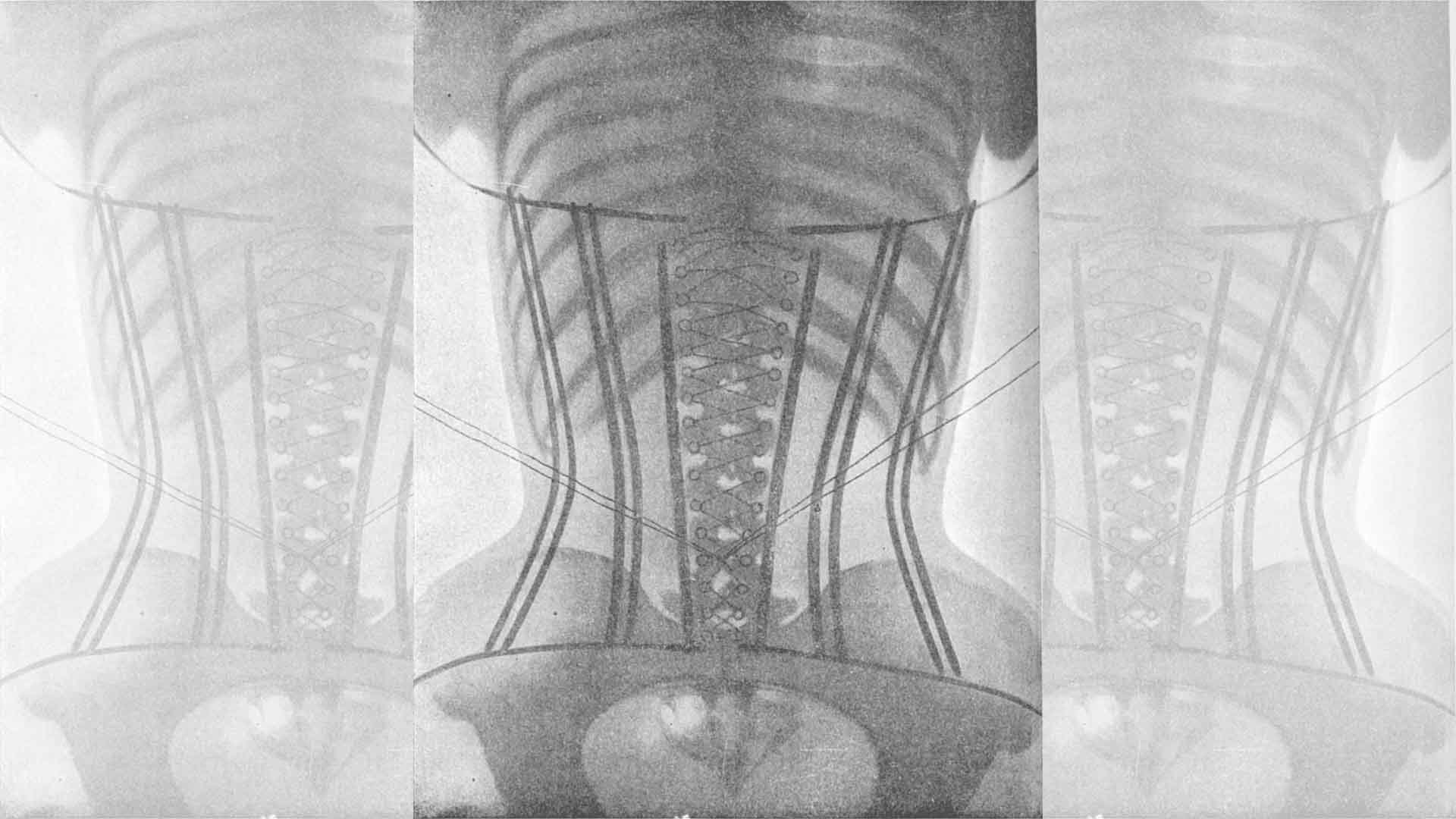
Source: Wikipedia
While the debate continues on their impact on life span, the fashion’s physical consequences, from fainting spells to internal damage, are undeniable.
The Tapeworm Diet: Weight Loss Gone Wrong
The Victorian obsession with slimness led to one of the most shocking dietary trends: tapeworm diet pills.

Source: Alexander Grey/Unsplash
Advertised as a way to eat without gaining weight, this dangerous method had severe, sometimes fatal, side effects. This dangerous diet trend, resurfacing in modern times, serves as a grim reminder of the extremes pursued for weight loss.
Radiant Smiles: The Fallout of Radioactive Toothpaste
World War II Germany saw the rise of Doramad toothpaste, which contained radium and was advertised to whiten teeth and improve dental health.
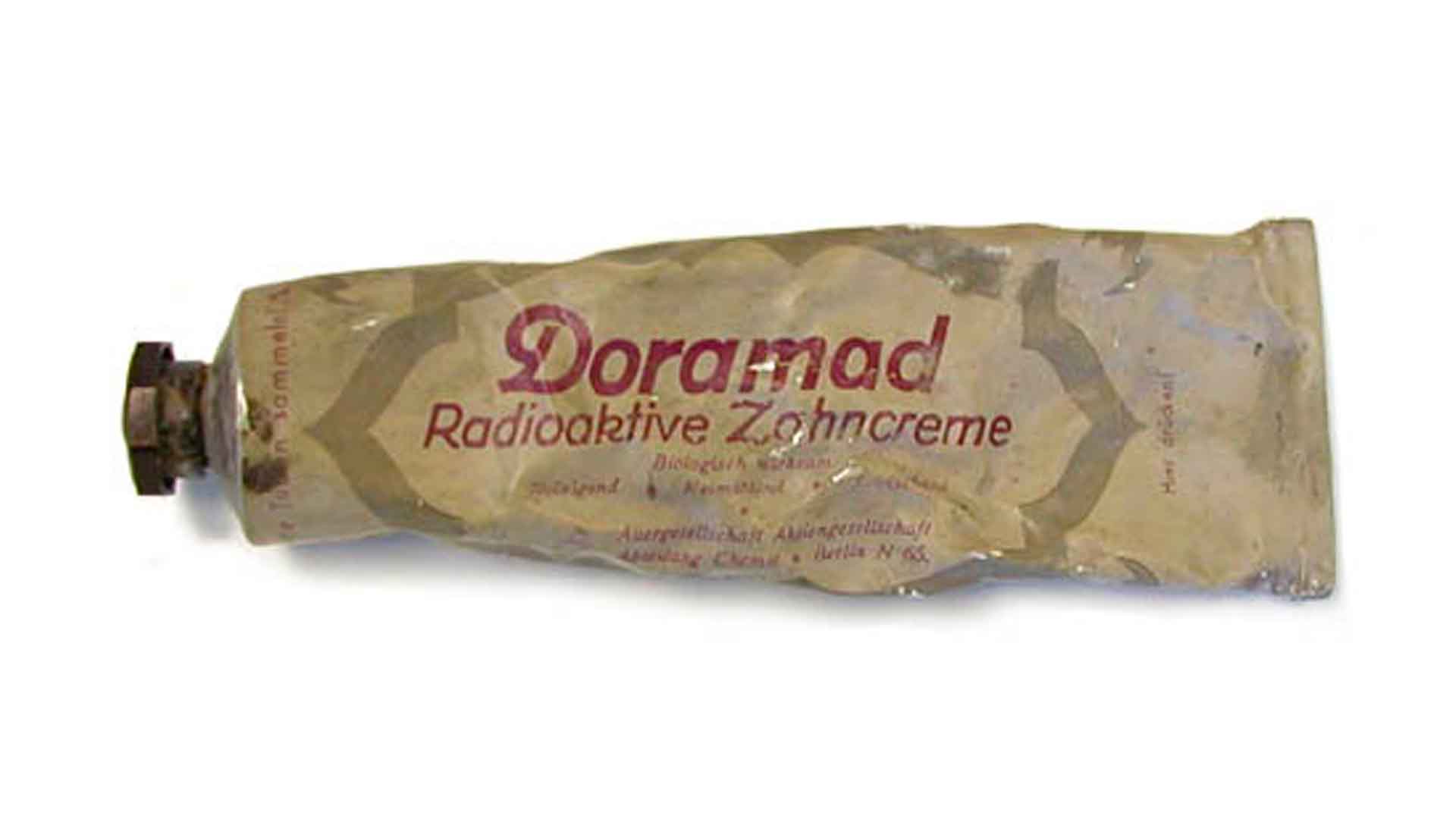
Source: ORAU
This use of radioactive material in everyday products reflects a troubling era of misinformation, where the “glow” of health was (literally) sought through radiation despite the risks.
Eye-Opening Pain: The Early Days of Eyelash Extensions
In 1899, a “specialist” could sew hair directly onto women’s eyelids for longer lashes, an agonizing process with obvious risks.

Source: Pixabay/Pexels
This early form of eyelash extensions (in addition to gluing) exemplifies the painful lengths to which individuals have gone to enhance their natural features.
Learning from History's Beauty Blunders
Reflecting on these historical beauty blunders, we’re reminded of the importance of questioning and critiquing contemporary beauty standards.
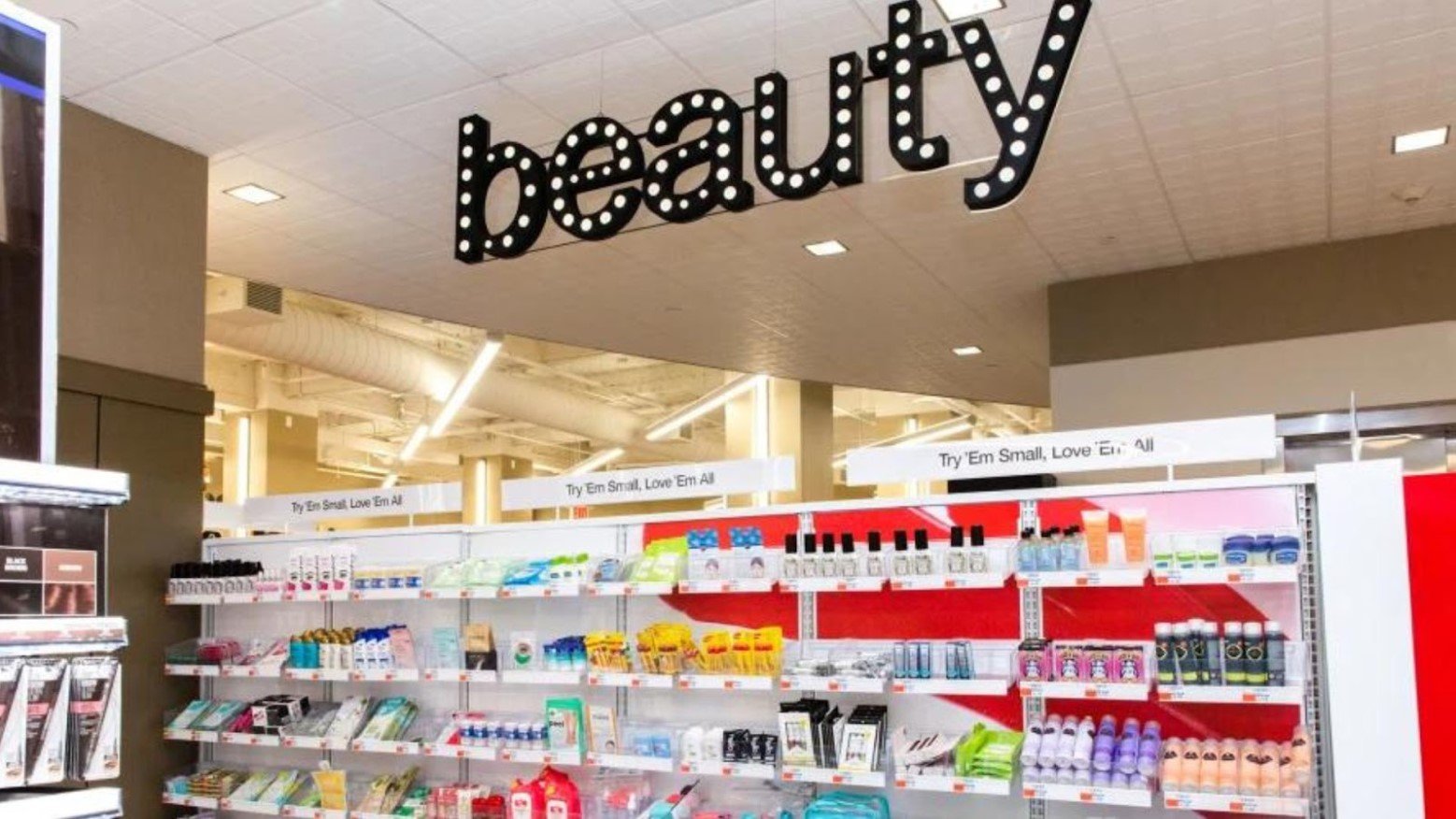
Source: CVS
As we continue to learn from the past, it’s crucial to prioritize safety and well-being in our beauty practices, committing to a future where beauty is a source of confidence, not harm.
